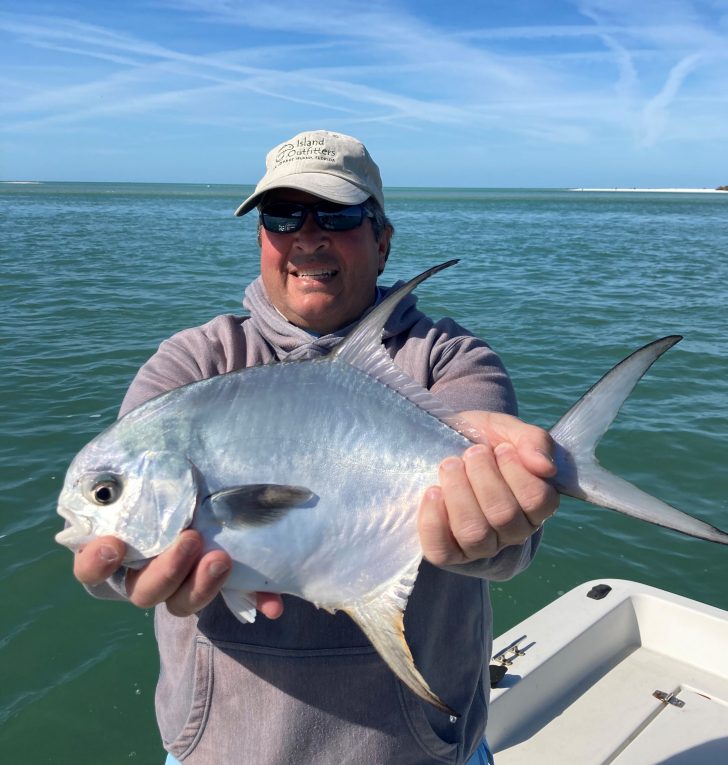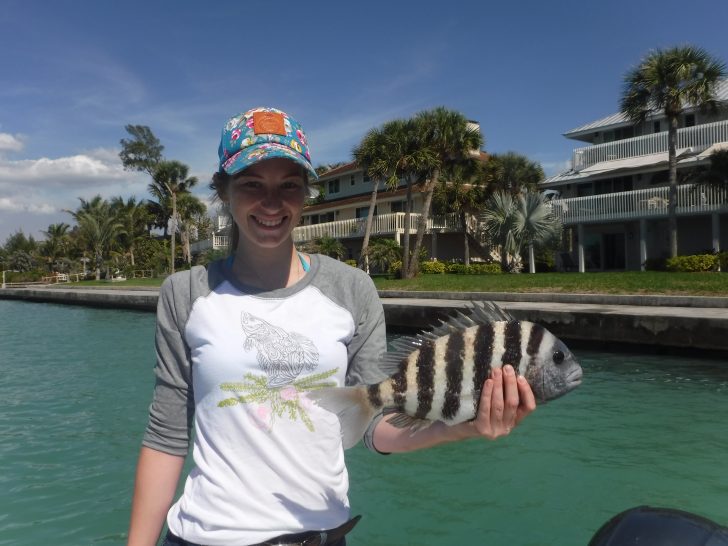Capt. Jim Klopfer

Most passes have structure on one side and a sand bar on the other. Big Sarasota Pass on the north end of Siesta Key is a prime example. The deepest water in the area exists there, up to 25 feet in depth. Structure such as rocks, docks, and seawalls are plentiful.
This structure attracts many different species of fish. Bottom fish will be there in good numbers. Sheepshead in particular should be thick in March. Mangrove snapper, grouper, black drum, redfish, jacks, snook, and mackerel will also be found in this structure. The best approach is to anchor just up-tide of the structure to be fished and allow a live shrimp or other bait to drift back with the tide.
Drifting the passes while vertically fishing is a very effective techniques as well. It is also easy to do, which is important to fishing guides looking to get inexperienced anglers hooked up. The key element that makes this so efficient is that the lure spends the entire time in the strike zone; on or very close to the bottom.

It is important to use the correct style of jig. Special pompano jigs work well. They are compact and dense and sink quickly, as opposed to larger soft plastic baits. “Banana jigs” are also very popular and effective on pompano and other species.
